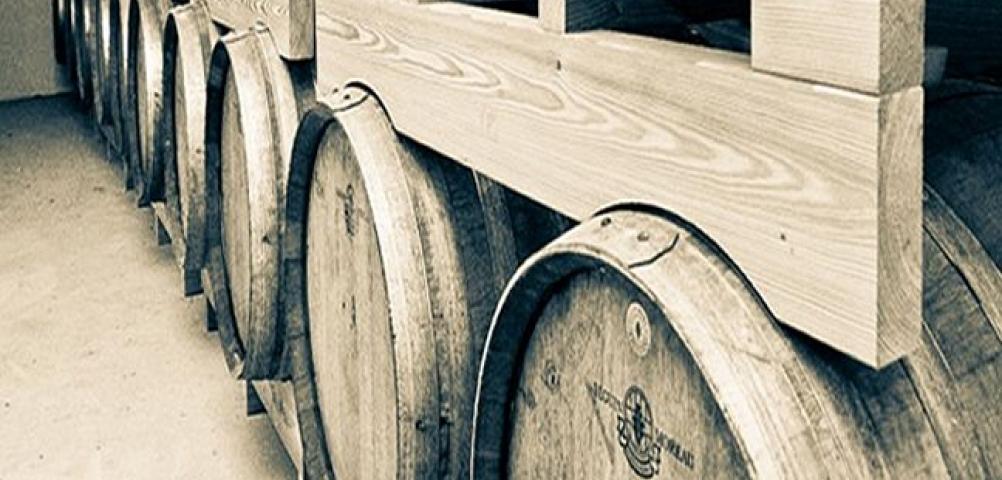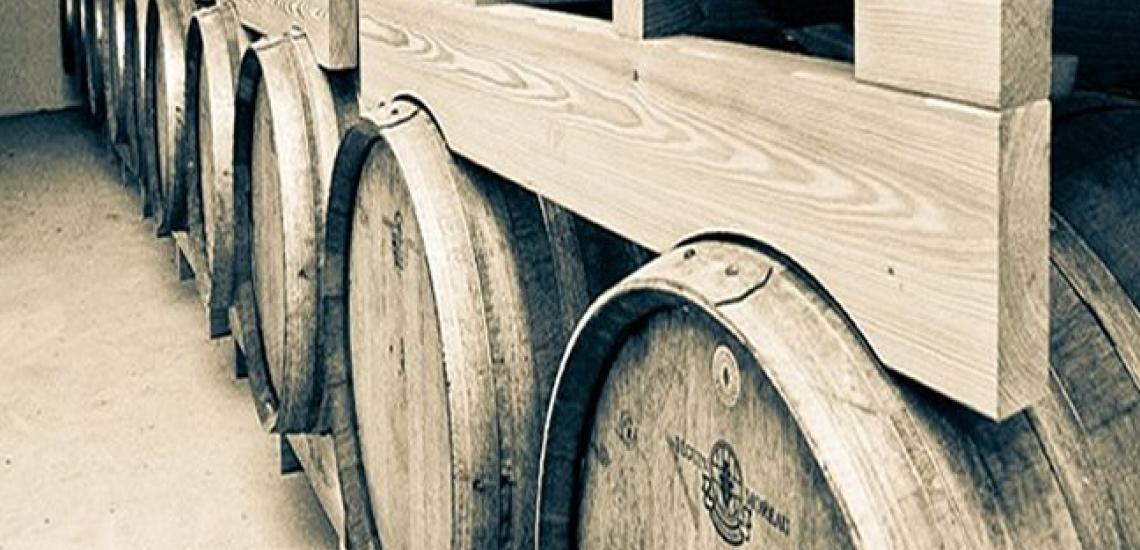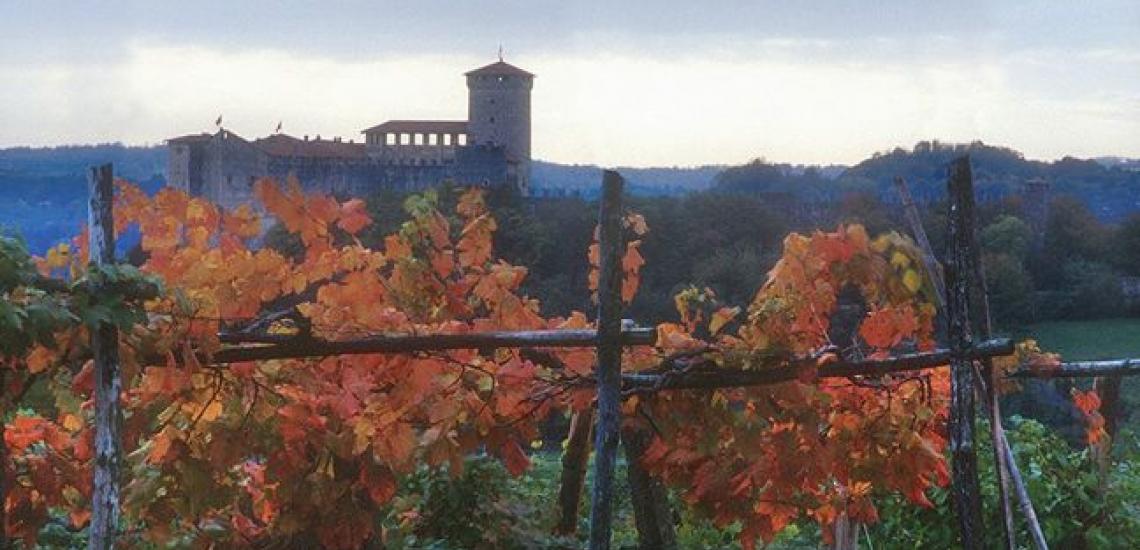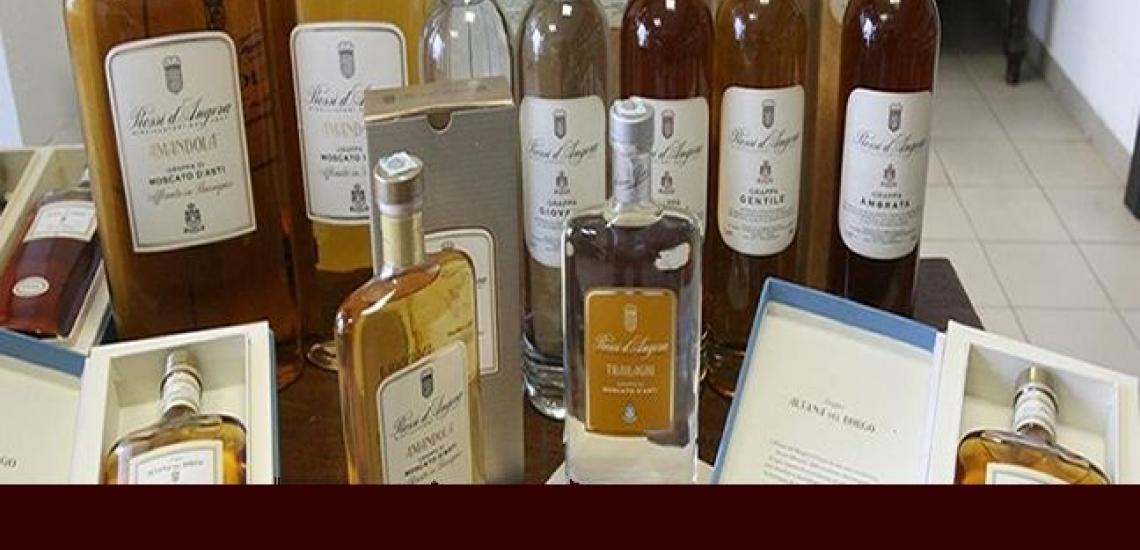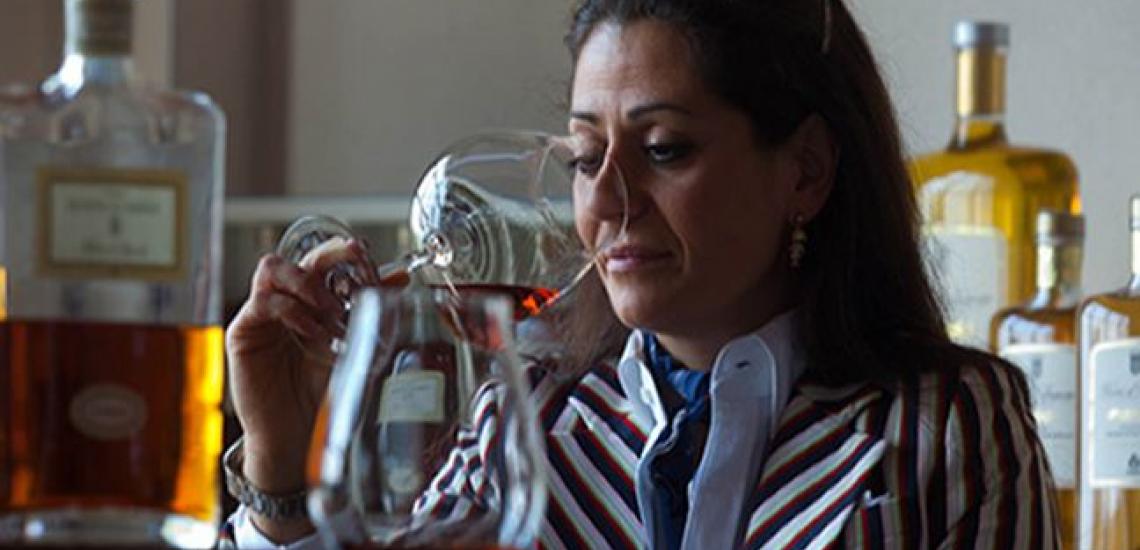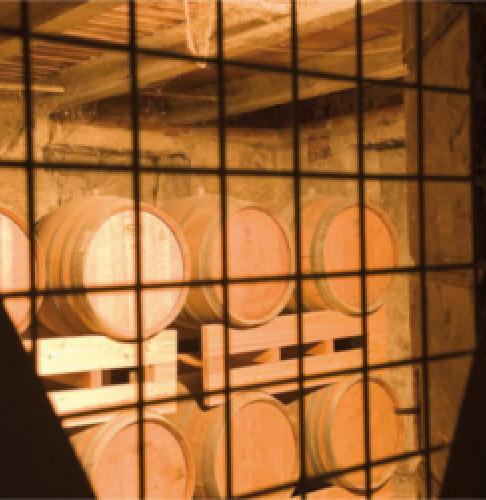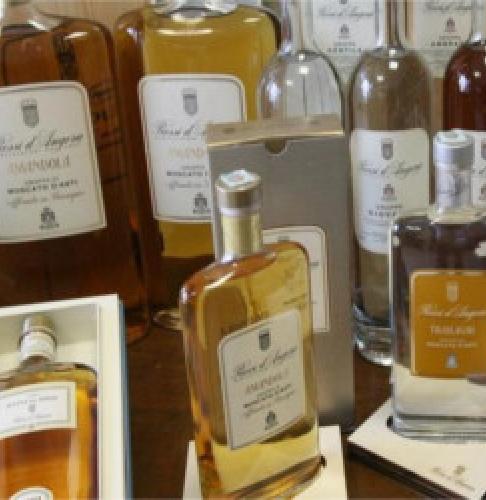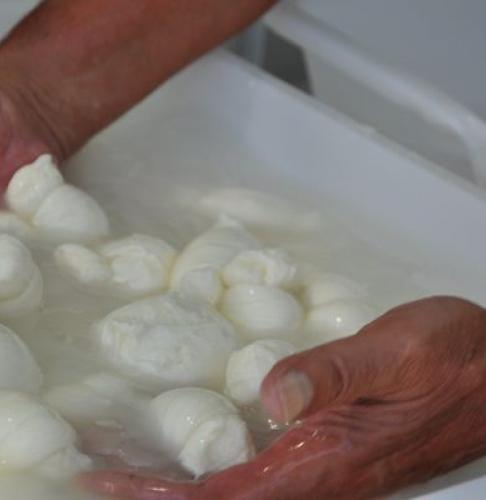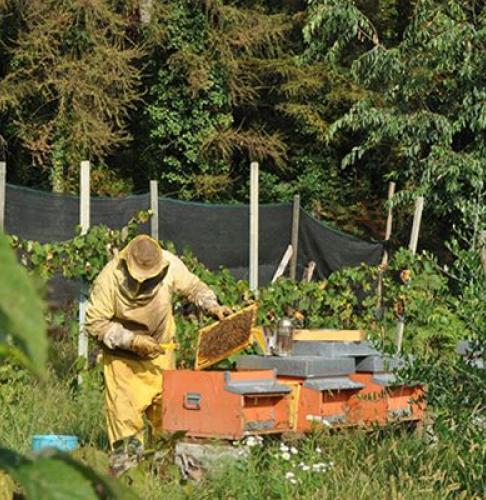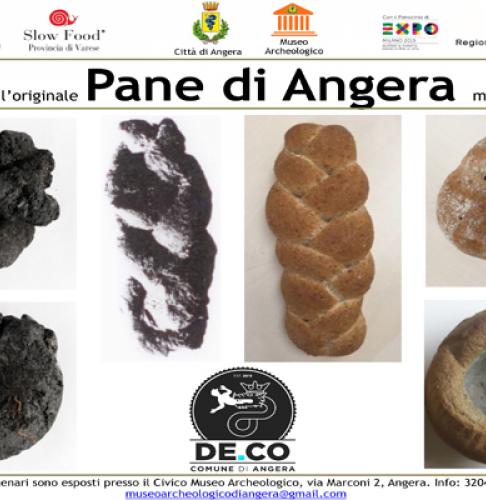The wine and the grappa of Angera
Since the Middle Ages grapes have been grown on the hills surrounding Angera, particularly within the walls of the Rocca. The Borromeo family strongly encouraged the cultivation of vines from the seventeenth century, from trebbiano to barbera from riesling to bonarda. These are the same vines that today's farmers cultivate with equal dedication and respect for the land and to which merlot, chardonnay and nebbiolo have been added.
On October 11, 2005, the Ministry of Agriculture issued a decree recognizing the Typical Geographical Indication (IGT). I.G.T. Ronchi Varesini, that marked the official rebirth of viticulture in the area and an important historical landmark for the agricultural organization of the territory.
This is a climatic area suited to the cultivation of Varesini vines, which are characteristically cultivated on terracing or ronchi, particularly in the hills overlooking the lake. They have been very widespread in the Varese area since the time of Saint Carlo Borromeo in the 16th century.
The oenological techniques traditionally used to produce this distinctive wine are still in use today. This is part of the work of the Azienda Agricola Cascina Piano, one of the main promoters of the rebirth of wine culture in the province of Varese, which produces three fine and delicate wines, with a rich bouquet that is fragrant and complex: the San Quirico bianco, the Sebuino rosso and the Angliano rosso barricato.
Another high quality and prestigious and internationally renowned product, is the Grappa of the Distilleria Rossi d'Angera, which has been served to heads of state, ministers and popes since it was first bottled in 1847. The company has been producing grappa and liqueurs for over 160 years. Following a restyling of all their products, artisan grappas and liqueurs have been produced that represent the territory in all its biodiversity. The grappa and liqueurs have received many prestigious awards from 1913 until today.
Notably, the "Acqua di Angera" grappa is produced from the distillation of the local grape pomace from the municipalities of Angera and Ranco, a grappa awarded a silver medal in the barricata section the IWS 2012. Also well known are their Amaro di Angera and Spitz liqueurs.

